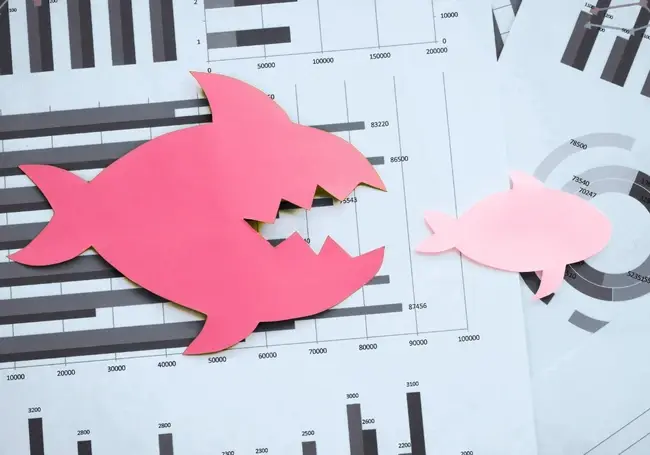In an ever-evolving industry like technology, the right Merger and Acquisition (M&A) deal can shape the future of a business.
It can give a company the unique opportunity to grow market share without the pressure of damaging their own assets while giving them access to resources that could allow them to make huge strides in their industry.
Just look at Disney and Pixar, for example. The entertainment giants’ legendary merger was a match made in heaven, allowing Disney to produce some of its most successful films of all time, and Pixar to release bi-yearly films supported by Disney’s powerful advertising, marketing plugs, and merchandising.
But for every M&A success story, there is another that fell completely flat. M&As are inherently risky, and without a solid strategy, intuition and knowledge can quickly turn.

What is a merger and acquisition (M&A) deal?
A merger and acquisition (M&A) deal refers to a business transaction where two companies either combine their operations (merger) or one company takes control of another (acquisition). In a merger, two companies, often of similar size, agree to unite into a single new entity.
This is typically done to increase market share, achieve economies of scale, or enhance competitiveness. Mergers are usually seen as a mutual decision, with both companies benefiting from the shared resources, talent, and customer base that result from the combination.

In a merger, two companies, often of similar size, agree to unite into a single new entity. This is typically done to increase market share, achieve economies of scale, or enhance competitiveness. Mergers are usually seen as a mutual decision, with both companies benefiting from the shared resources, talent, and customer base that result from the combination.
M&A deals are strategic tools used to drive growth, reduce costs, or enter new markets. However, they can be complex, involving detailed legal, financial, and regulatory processes. The success of M&A transactions often depends on the effective integration of the companies involved.
How do M&A deals go wrong?
M&A deals can go wrong for a variety of reasons, but they usually stem from poor planning, execution, or integration challenges. One of the most common issues is cultural mismatch. When two companies merge, their corporate cultures may clash, leading to conflicts between employees, management, or even customers.
If the companies have significantly different values, management styles, or working environments, the merged entity may struggle to create a cohesive and productive culture, leading to reduced morale and high employee turnover.
Another critical failure point is overestimating synergies. Companies often pursue M&A deals with the expectation of achieving cost savings or increased revenue by combining operations.
However, these synergies can be difficult to realize, and if the projected financial benefits are overly optimistic or unattainable, the deal may fail to deliver the expected returns. Integration problems, such as mismatches in technology, processes, or supply chains, can further exacerbate this issue, resulting in inefficiencies and increased costs.
Mergers and acquisitions (M&As) that failed
Whether it be because the newly acquired company goes bankrupt, key executives leave or are fired en-masse, or the newly merged company ends up splitting in a sort of corporate divorce – when an M&A goes wrong, it can end in disaster for both companies involved.
We’ve compiled our picks for the top 10 worst mergers and acquisitions in history, each of which ended in disaster for the companies involved.







Comments ( 0 )